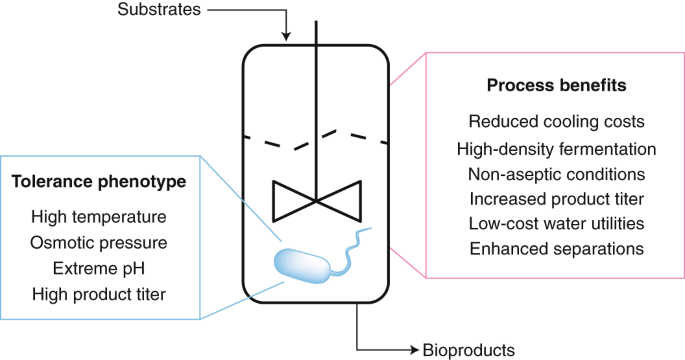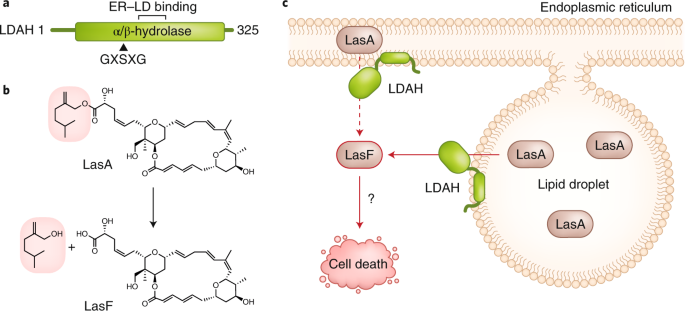
- Select a language for the TTS:
- UK English Female
- UK English Male
- US English Female
- US English Male
- Australian Female
- Australian Male
- Language selected: (auto detect) - EN
Play all audios:
BY FLORINA PIRLEA AND WENDY VEN-DEE HUANG According to the State of Global Air 2019 report, air pollution was the 5th highest mortality risk factor in 2017 globally. One of the components of
outdoor (ambient) air pollution is PM2.5, particulate matter measuring less than 2.5 micrometers in aerodynamic diameter (for context, one strand of human hair has an average diameter of 70
micrometers). These particles are capable of penetrating deep into the respiratory tract and causing severe health damage. The World Health Organization’s (WHO) Air Quality Guideline states
that long-term exposure for those living above an annual average PM2.5 concentration of 10 μg/m3 (micrograms per cubic meter) are at higher risk of cardiopulmonary and lung cancer
mortality. Based on this criterion, in 2017, more than 90 percent of the world population was exposed to unhealthy air (an annual average PM2.5 concentration above 10 μg/m3). In addition to
the Air Quality Guideline, the WHO has also recommended three interim targets to help countries measure progress in reducing population exposure to PM2.5: * Interim Target 1 (IT-1, ≤ 35
μg/m3) is the level that corresponds to the highest mean ambient concentrations which have been reported in studies of long-term effects. The IT-1 level has been associated with significant
mortality in some countries1. * Interim Target 2 (IT-2, ≤ 25 μg/m3) * Interim Target 3 (IT-3, ≤ 15 μg/m3) Approximately 4 billion people live in places where the mean annual concentrations
of PM2.5 are greater than IT-1 (35 μg/m3), which is the least stringent WHO target for air quality. South Asia had the highest levels of PM2.5 in 2017 compared with other regions. Major
ambient air pollution causes, as listed in the State of the Air 2019 Report include emissions from vehicles, power plants that burn coal, industrial emissions, and many other human and
natural sources. Mean exposure to air pollution is also particularly high in the Middle East and North Africa, due partly to dust from the Sahara Desert. Globally, the top ten countries with
the highest mean exposure to ambient pollution include Nepal (more than double the world average) and India in South Asia; Niger, Cameroon, Nigeria, and Chad in Sub-Saharan Africa; and
Qatar, Saudi Arabia, Egypt, and Bahrain in the Middle East and North Africa region. _Read more World Bank __blogs__ and __stories__._ _Notes: (1) WHO Air quality guidelines for particulate
matter, ozone, nitrogen, dioxide and sulfur dioxide (2005)_






